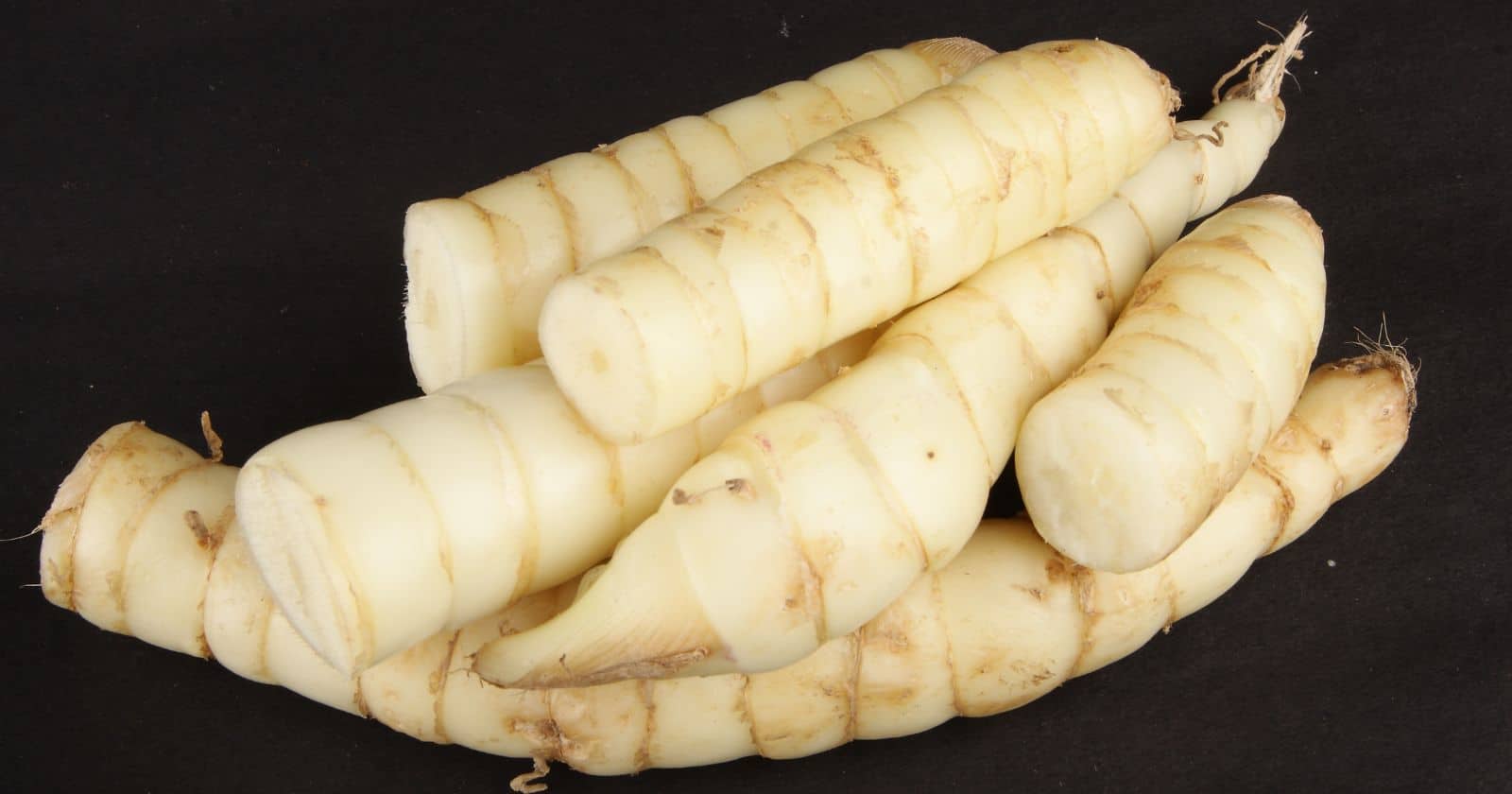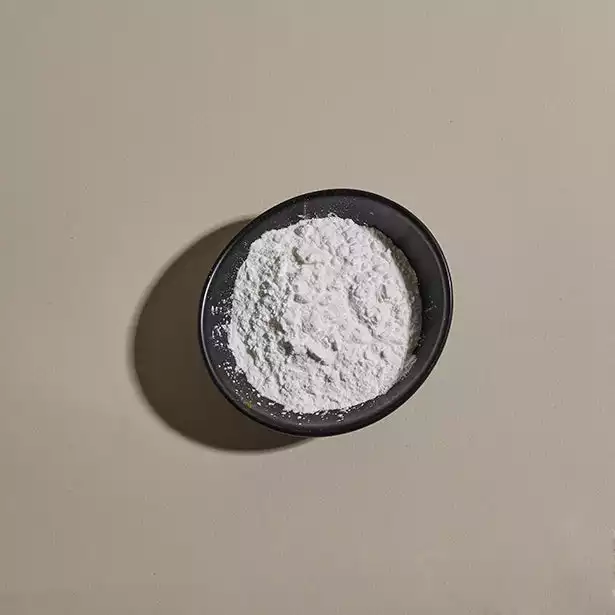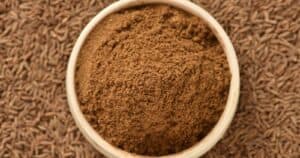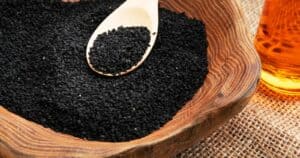Are you searching for gluten-free starch to add flavor and texture to your dishes? Look no further than Arrowroot!
This versatile ingredient is made from the root of the arrowroot plant and can be added to many recipes wherever you typically use starches like cornstarch, potatoes, or flour. From traditional cuisines, sauces, gravies, and baking recipes, Arrowroot can be a thickener for all your favorite meals.
Not only does using Arrowroot provide deliciously rich flavor and texture to your food, but it also has some impressive nutritional benefits that you won’t want to miss out on.
In this article, we will explore everything there is to know about cooking with Arrowroot – from discovering what it is and the difference between other starches to its usage in ethnic cuisines worldwide.
So let’s get started by taking a closer look at this amazing gluten-free alternative!
What Is Arrowroot?
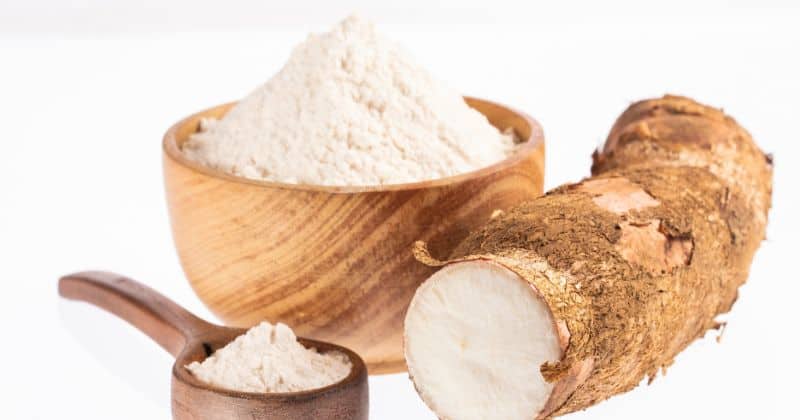
Arrowroot powder is a starch derived from the root of a tropical plant called Maranta arundinacea. It is a versatile and accessible ingredient that can be used in many ways.
Arrowroot powder is ideal for those looking for a gluten-free, grain-free, keto-friendly, paleo-friendly, and non-GMO alternative to traditional flour. It can also benefit those suffering from digestive issues like diarrhea or stomach pain.
Arrowroot powder has many uses in the kitchen. It can be used as an alternative to wheat flour when baking cakes, breads, cookies, and other baked goods. It has a mild flavor which makes it great for adding texture to dishes such as sauces and gravies without overpowering the flavor of the dish itself.
Additionally, it can be used as a thickening agent in soups and stews or even added to smoothies or juices for extra nutrition and fiber.
The health benefits of arrowroot are numerous, too; it is high in fiber, which helps promote digestion and regularity while also providing essential vitamins and minerals like iron, calcium, magnesium, and zinc that support overall health.
Arrowroot contains prebiotics which helps nourish beneficial bacteria in your gut microbiome – this helps support your immune system too! Finally, arrowroot contains resistant starch, which helps slow digestion, so you feel fuller longer after eating meals containing this ingredient.
In addition to its culinary uses, arrowroot powder can be used topically on skin irritations such as rashes or bug bites due to its anti-inflammatory properties – mix with water until it forms a paste, then apply directly onto the affected area(s).
Finally, arrowroot powder can also be used as an all-natural deodorant by mixing with coconut oil – this combination will help absorb sweat while neutralizing odors naturally!
Difference Between Arrowroot And Other Starches
Arrowroot starch is a versatile ingredient that can replace wheat or all-purpose flour in gluten-free baking.
It is extracted from the root of a tropical plant known as Maranta arundinacea and has a more neutral taste than other starches. Unlike grain starches such as cornstarch or flour, arrowroot doesn’t have a starchy taste.
One of the main differences between arrowroot and other starches is its ability to thicken and gel with other ingredients. This binding effect makes it an ideal thickening agent for puddings, sauces, soups, and gravies.
It can also be used as an egg replacer in vegan baking recipes since it binds well with other ingredients like flaxseed meals or chia seeds. Arrowroot also has the advantage of being gluten-free, grain-free, and paleo-friendly, making it suitable for those with special dietary needs or preferences.
In comparison to other starches such as cornstarch or tapioca starch, arrowroot has a finer texture which helps create smoother sauces and gravies without any lumps or clumps. It absorbs liquid faster than cornstarch, so you don’t need to use it as much when thickening sauces or gravies.
Additionally, arrowroot powder doesn’t break down quickly when cooked, so your recipes will retain their shape better than if you were using another type of starch, such as tapioca starch which tends to break down quickly when cooked at high temperatures.
Another difference between arrowroot powder and other starches is its ability to retain moisture in baked goods like cakes and muffins without making them soggy or dense, like some grain-based flours do when used in large amounts. This means you can use less fat in your baking recipes while achieving moist results!
Furthermore, because arrowroot powder does not contain gluten, it won’t cause any issues with rising doughs like wheat flour does so you can use it in yeast breads without worrying about them collapsing during baking!
Cooking With Arrowroot: Tips And Tricks
Arrowroot flour is versatile in various recipes, from sauces and soups to fruit fillings. Here are some tips and tricks when cooking with arrowroot:
- To use arrowroot powder to thicken recipes, whisk it into cold water and then add it to the hot liquid. Add arrowroot powder directly to the pan for thicker gravies or soups.
- Arrowroot flour can be swapped for cornstarch or all-purpose flour as a thickening agent for sauces or stews. It has a low GI compared to cornstarch, making it a healthier alternative.
- Arrowroot flour can also be used in baking goods such as cakes and cookies to give them an extra-light texture. Reduce the amount of liquid called for by about 1/4 cup per cup of arrowroot starch added.
- Arrowroot is heat-sensitive, so avoid cooking it for too long or at too high a temperature. This can cause it to break down and lose its thickening power.
- Arrowroot can also coat fried foods, such as chicken or fish. Mix arrowroot powder with salt and pepper, and coat the food for a crispy, gluten-free coating before frying.
- If you’re using arrowroot in a recipe that requires acidic ingredients like lemon juice or vinegar, add the arrowroot slurry to the recipe at the end of cooking to prevent it from breaking down and losing its thickening power.
- Arrowroot can also be used as a natural alternative to talcum powder. Mix arrowroot powder with a few drops of essential oil and use it as a body powder.
Arrowroot In Gluten-Free Cooking
Arrowroot is an excellent alternative for those looking to cook gluten-free. It is a type of root that is ground into flour or powder, which can be used in place of cornstarch as a thickening agent. It’s easy to use and provides an excellent texture to dishes.
Arrowroot powder is also paleo-friendly and grain-free, making it ideal for those on special diets.
When cooking with arrowroot powder, adding the slurry to a simmering liquid at 185-206°F (85-96°C) at the very end of cooking is best. This will ensure that the desired texture is achieved without overcooking the dish. Once you have achieved your desired consistency, remove it from heat immediately so as not to over-thicken it further.
This process may take some trial and error to get the perfect texture each time but once you do, you’ll be able to replicate it easily in other dishes.
Arrowroot flour may also be helpful for those sensitive to gluten or people with celiac disease since it does not contain any gluten proteins or grains like wheat or barley, which can cause sensitivities in some individuals.
Additionally, arrowroot powder has many health benefits, such as being high in dietary fiber and containing essential minerals like calcium and magnesium which can help support healthy digestion and overall well-being when consumed regularly over time.
Substitutes for Arrowroot
If you’re out of arrowroot, there are several substitutes that you can use in your recipes. Here are some options:
Cornstarch
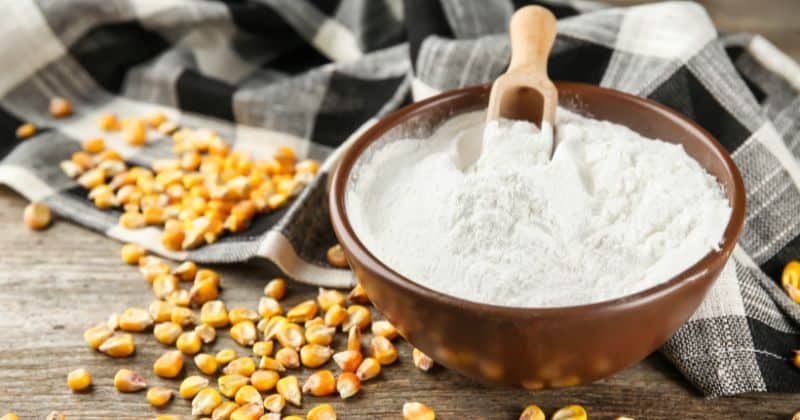
Cornstarch is a common substitute for arrowroot. It has similar thickening properties and can be used in equal amounts.
Potato starch
Potato starch is another good substitute for arrowroot. It has a slightly different texture and flavor but works well as a thickener in sauces and gravies.
Tapioca starch
Tapioca starch is a gluten-free thickener that works well as a substitute for arrowroot. It has a similar texture and can be used in equal amounts.
Rice flour
Rice flour can be used as a substitute for arrowroot in baked goods. It is a gluten-free alternative that gives a light texture to cakes and cookies.
Wheat flour
If you don’t have any of the above substitutes, you can use wheat flour as a thickener. However, keep in mind that it contains gluten, so it’s not a good option for those with gluten sensitivities.
Where to Buy Arrowroot Powder?
Arrowroot powder is widely available at most grocery stores and health food stores. It can also be purchased online through various retailers such as Amazon.
When shopping for arrowroot powder, make sure to check the ingredient list to ensure that it is pure arrowroot powder and does not contain any additives or fillers. Look for a reputable brand that is known for its quality products.
Who knew a powder once used to heal poison-arrow wounds would become the essential thickening agent in many gravies, white sauces, and every baby's favorite cookie? Arrowroot Flour is gluten-free.

